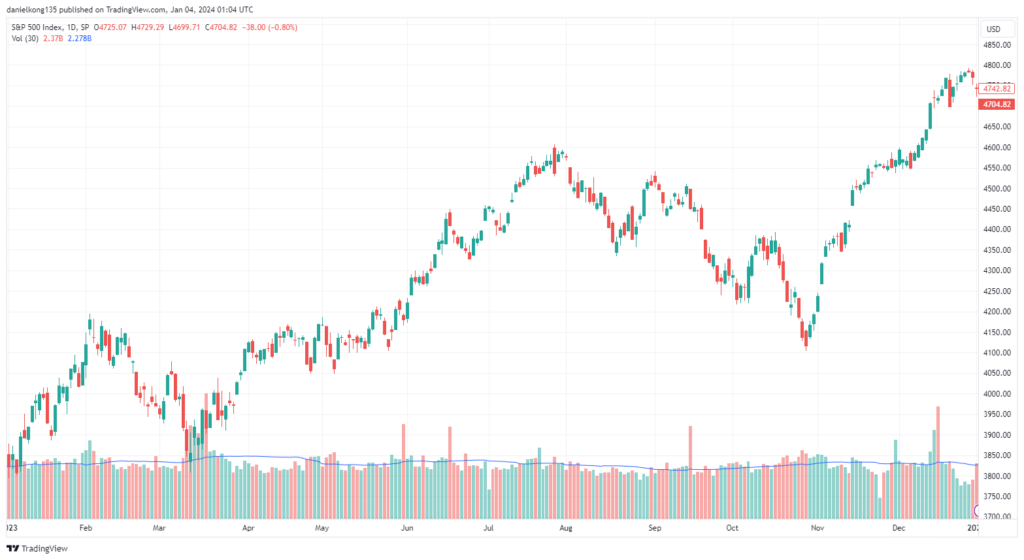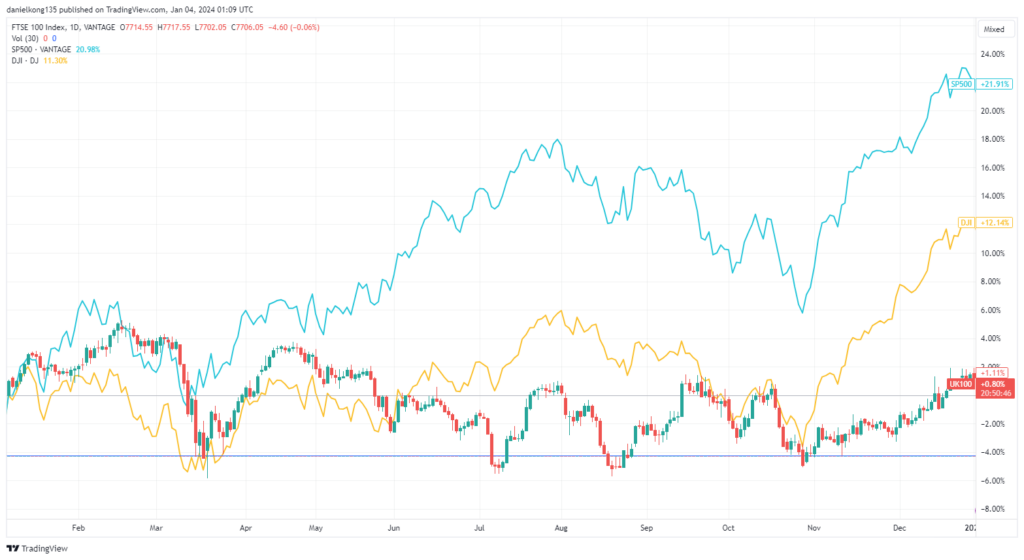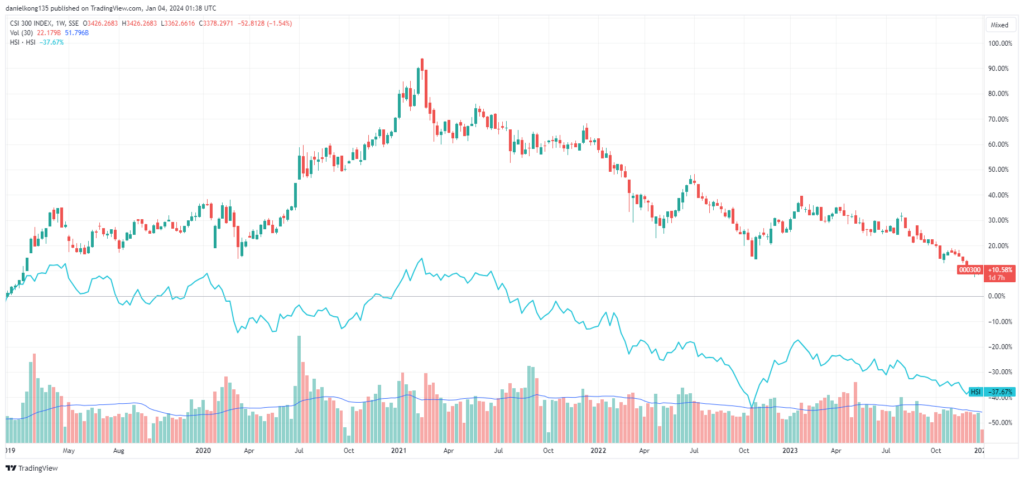hat is the most well-known gauge for measuring how the economy of a country is performing? The strength of its currency gives us a picture, but may be influenced by speculators and liquidity, while bond markets are normally considered a little complex for the general public to understand to any professional level.
The vast majority of people turn to the performance of a country’s stock market index as the best indicator of how well that economy is doing and to gauge market movements.
Indices generally cover industries across all sectors of the economy. That means they serve as a barometer of what cycle the economy is in and the hopes and fears of the population who generate growth and wealth.
Of course, indices now are very different from the first share trading in the Dutch East India Company back in 1602. But they still remain one of the most popular investment choices as they are the main public, regulated marketplaces where people can buy and sell a group of shares of different companies. The potential for returns and their opportunity to invest easily in a broad cross-section of the economy broadens their appeal.
Today, stock market indices have developed into a trillion-dollar industry. They serve as benchmark comparisons for numerous uses across markets.
The most popular indices will play a major role in the new year in helping investors understand how the biggest economies in the world are performing.
Recap of the overall 2023 Indices Market outlook
Global stock indices showed strong performance in 2023, surprising many who expected lacklustre returns given the weak macro backdrop and the widely held view that a recession would hit economies through the year. Instead, markets proved highly resilient, recovering from hard landing fears that had fed into the October 2022 lows, as well as geopolitical tensions.
Performance was dominated in the US by a handful of megacap technology companies that were propelled by their above average earnings and the mania surrounding artificial intelligence (AI). These were dubbed the “Magnificent Seven”, a new nickname with parallels to previous stock market darlings like the dot-com stocks of the late 1990s.
This group makes up over one quarter of the benchmark US S&P 500 index with collective gains of over 70% on a capitalisation-weighted basis. Five of the seven are part of the rare trillion-dollar club with the most recent entry, Nvidia, being the best performer, with scorching returns of over 230%.

More recently, their spectacular growth has been attributed to the increased expectation that the Federal Reserve, along with other central banks, will begin reducing interest rates earlier than expected in the next few months. The lingering strength of US consumers also stabilised growth and sustained the resilience of the economy.
Indices Market Outlook for 2024
US Market Outlook
With the hoped-for “soft landing” now in view, inflation is expected to cool further towards the Fed’s 2% target without significant damage to the labour market and a recession. This should provide some upside potential in earnings as interest rates fall and in turn, support stock valuations. But threading the needle to deliver a soft landing would be a historical exception amid a deteriorating growth outlook.
Money markets currently discount the Fed cutting rates by nearly 1.5%, starting as early as March. This is forecast to help drive double-digit earnings growth. The investment bank JP Morgan has looked at soft landings going back to 1965 and believes the S&P 500 typically rallies by roughly 15% on average in the 12 months after the first rate cut [1].
But the indices will also have to contend with a US election in November as they enter 2024 with volatility near historical lows. The US stock indices may continue to command a premium over others due to the cash-rich megacap tech companies and the sector composition of the indices. The fate of the Magnificent Seven will be central, having accounted for nearly two-thirds of the benchmark index’s gains in 2023. Their size and competitive advantages could make them a refuge amid any economic fallout.
UK Market Outlook
The major UK stock market index, the FTSE 100, dramatically underperformed the US and other global indices in 2023. The lack of growth and tech companies is key as the UK is dominated by interest rate sensitive companies like banks and homebuilders. Oil majors, energy and mining companies also feature heavily, so the commodity cycle is crucial.

This does mean the UK index is attractively valued, with a multiple of around 10 times earnings, which is a third lower than global equities and some 15% below its long-run average. The FTSE 100 produces an earnings yield of 9.2% that implies its solid dividend yield of 4%+ a year is covered a healthy 2.3 times by earnings [2]. This might be attractive to investors in 2024.
The value of the pound could drive some of the major heavyweight companies in the index which generate most of their revenues from overseas. UK elections loom and geopolitical concerns linger which means the more defensive weighting of old economy stocks may benefit the index if these worries increase.
Europe Market Outlook
European stock markets generally performed well in 2023, beating the broader global indices with growth far better and inflation much lower than feared. The direction of travel of the economic data going into the new year is also potentially more encouraging than the US.
Earnings expectations for 2024 are muted in the eurozone indices so that leaves more upside on the multiple front from potentially lower interest rates. If the economy does recover, and China as well, bearish investor sentiment could reverse. The case becomes compelling too when looking at valuations as Europe’s indices trade at a major discount to the US. Even adjusted for sector differences, such a valuation divergence is unprecedented.
China Market Outlook
Economic growth is expected to stay around 5% in 2024 on the back of more fiscal expansion and potentially some monetary easing if it is needed to hit the GDP target. Deleveraging and changes to the economy that are less reliant on property are needed to entice back foreign investors. They dumped more than $25 billion of shares last year, which put net purchases by offshore investors on course for the smallest annual total since 2015.
The Asia market (CSI 300) has outperformed the offshore index for the last five years. Any rate cuts or further currency weakness would likely see this continue. The property market overhang could mean volatility remains a key characteristic in stock indices in 2024. But high-quality growth stocks with strong earnings who are less reliant on government policy support might help minimise this. Suppressed earnings estimates would be boosted by an improved geopolitical outlook.

Asia Pacific Market Outlook
Japanese stocks outperformed global equities in 2023 as elevated inflation saw major efforts to improve profitability and corporate governance. Demographic changes and a generally weakening currency also combined to act as tailwinds for stocks. The long-held undervaluation of the market has only been modestly corrected, which means many Japanese equities still trade at a big discount to their global counterparts going into 2024.
The process of structural reforms is ongoing and allied with a still-inexpensive currency, is expected to see overseas flows enter stock indices. Policy changes by the Bank of Japan could affect the yen with a stronger currency is historically seen as a negative for the export‑driven Japanese economy. But positive earnings momentum and the potential for repatriated flows by domestic investors is likely. The Topix is expected to be led by sectors recovering from the cyclical slump.
Conclusion
A weaker global economy is set to influence share prices and stock market indices. Resilient major US tech stocks could still be a safe bet as they represent solid growth in a probable low-growth world. But the high concentration of previous gains could make the indices more vulnerable to overcorrections. Investor sentiment elsewhere is lower, especially in Europe, so there is a greater potential for positive surprises.
Geopolitics and a year full of elections will create headlines, none more so than the US duel which could be a deeply polarising campaign. The second half of the year could be dominated by this, with major implications for policy and market indices.
In summing up the indices market outlook for 2024, it’s clear that while the shadow of a complex global economy looms, indices remain a key guide for investors and analysts alike. The unexpected strength of last year’s markets suggests a complex interaction between big economic trends and market sentiments.
As we navigate through political, economic, and technological shifts, the performance of these indices will continue to serve as both a mirror and a forecast of global economic health. Whether buoyed by technological giants or swayed by geopolitical winds, the indices will undoubtedly continue to be at the heart of financial narratives, shaping and reflecting the world’s economic story.
References
- “2023 in review: Rates, rallies and reflections – JP Morgan”. https://www.jpmorgan.com/insights/outlook/market-outlook/2023-in-review-rates-rallies-and-reflections . Accessed 29 Dec 2023
- “What I learnt about the FTSE 100 in 2023 – The Motley Fool”. https://www.fool.co.uk/2023/11/15/what-i-learnt-about-the-ftse-100-in-2023/ . Accessed 27 Dec 2023



